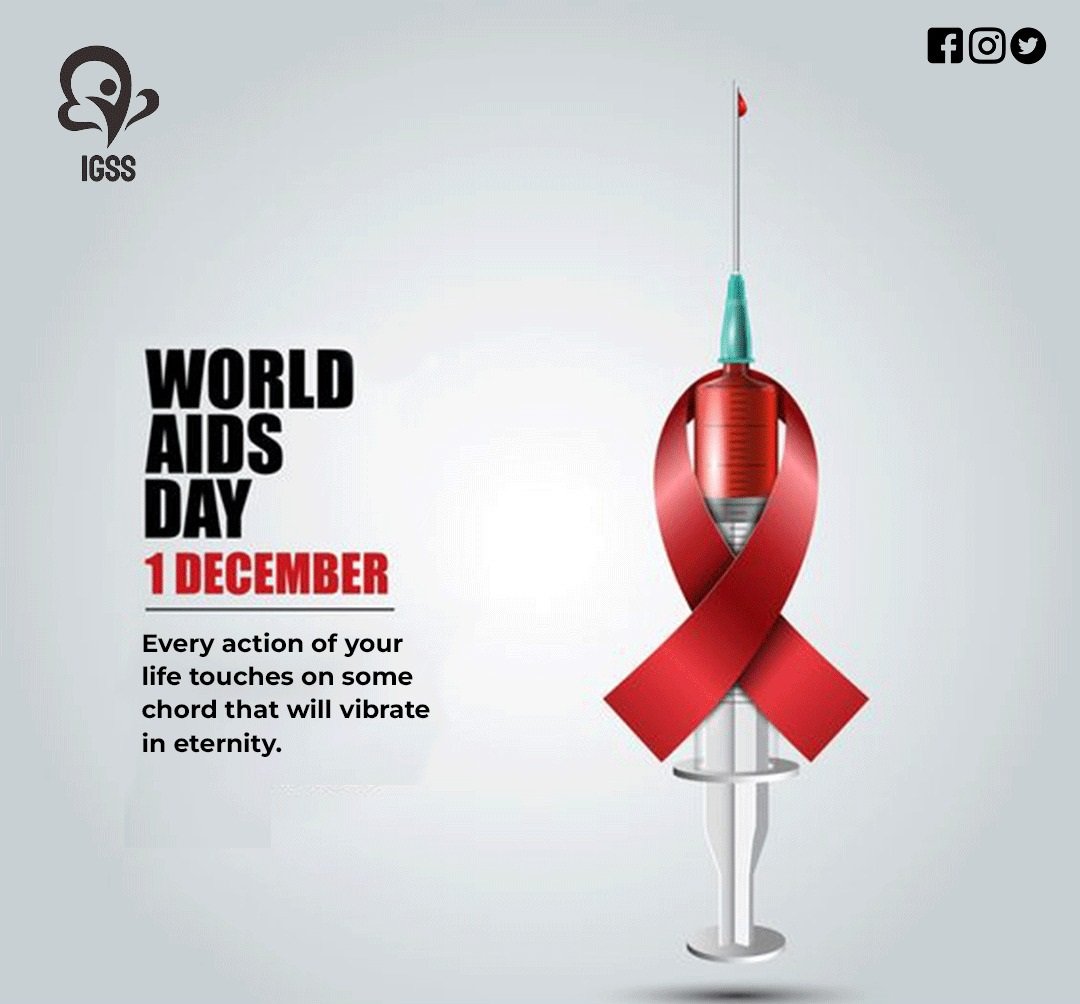
Every year on December 1, people worldwide remember World AIDS Day. People from all around the world join together to assist people affected by and coping with HIV as well as to remember those who have passed away from AIDS. It has developed into one of the most well-known global health days, providing an essential opportunity to raise awareness, pay tribute to the fallen, and celebrate achievements including increased access to treatment and prevention programs.
What is AIDS/HIV?
The human immunodeficiency virus, or HIV, targets the body's immune system. If HIV is not treated, AIDS may develop.
There isn't a cure that works right now. People who caught HIV are permanently infected. But with the correct medical care, it can be controlled. People with HIV can live a long and healthy life and maintain their relationships if they receive effective HIV treatment.
Where did it come from?
Humans originally were infected with HIV by chimpanzees in Central Africa. According to studies, the spread of HIV from humans to chimpanzees may have begun as early as the late 1800s.
The simian immunodeficiency virus is the name of the virus that affects chimpanzees. When these chimpanzees were killed for food and their contaminated blood came into contact with people, it appears likely that humans caught the sickness.HIV slowly spread over Africa over a long period of time before moving on to other parts of the world.
Since at least the mid-to-late 1970s, the virus has been present in the US.
How to know if you have Aids?
The only method to know if you have HIV is to be tested. Making healthy choices while you are aware of your HIV status will help you prevent getting HIV or spreading it to others.
Symptoms-
Most likely. In most cases, symptoms of the flu appear two to four weeks after infection. It could take a few days or perhaps a few weeks for symptoms to go away.
The mere existence of these symptoms does not mean that you have HIV.
Similar symptoms may be caused by other diseases.
Some patients show absolutely no symptoms. Getting yourself checked is the only way to find out if you have HIV.
Stages of HIV-
HIV-positive people typically progress through three stages without therapy. However, HIV medication can stop or halt the disease's course. Due to advancements in HIV therapy, the development of HIV to Stage 3 (AIDS) is currently less common than it was initially.
Acute HIV infection is stage one-
People are very contagious and have a significant amount of HIV in their blood.
There are numerous cases of flu-like symptoms.
Get tested if you think you may have been exposed to HIV and are experiencing flu-like symptoms.
Chronic Infection is stage two -
Asymptomatic HIV infection or clinical latency are other names for this stage.
HIV is still alive and yet capable of procreating within the body.
During this period, people may not show any symptoms or become ill, but they can still transmit HIV. Those who adhere to the recommended HIV treatment regimen may never enter Stage 3 (AIDS). Without therapy for HIV, this period could continue for ten years or longer or move more quickly. The person may enter Stage 3 at this stage's conclusion due to an increase in the viral load of HIV (AIDS).
Acquired Immunodeficiency Syndrome is Stage three -
When HIV infection is at its worst. High viral loads and the potential for HIV transmission are risks associated with AIDS. Patients with AIDS have significantly weakened immune systems. They are more susceptible to developing severe illnesses such as opportunistic infections.
Without HIV medication, people with AIDS frequently only live for three years or less.